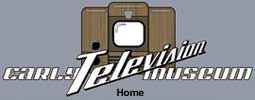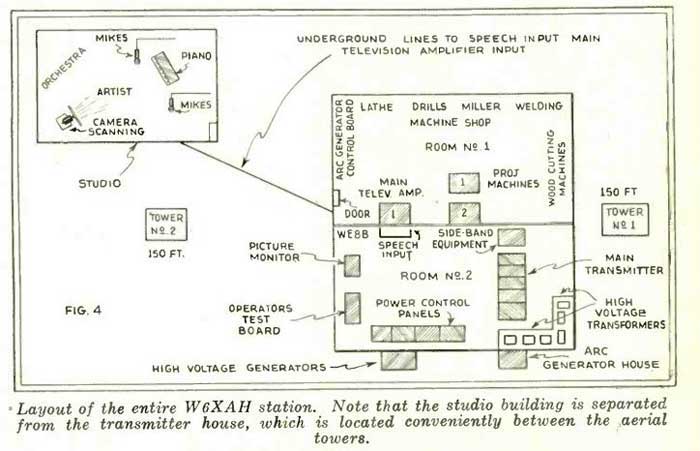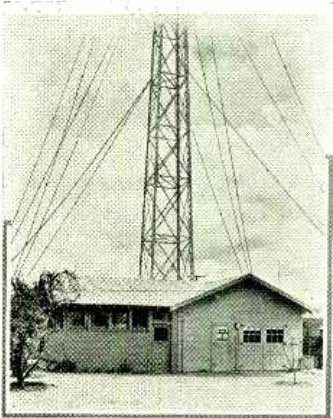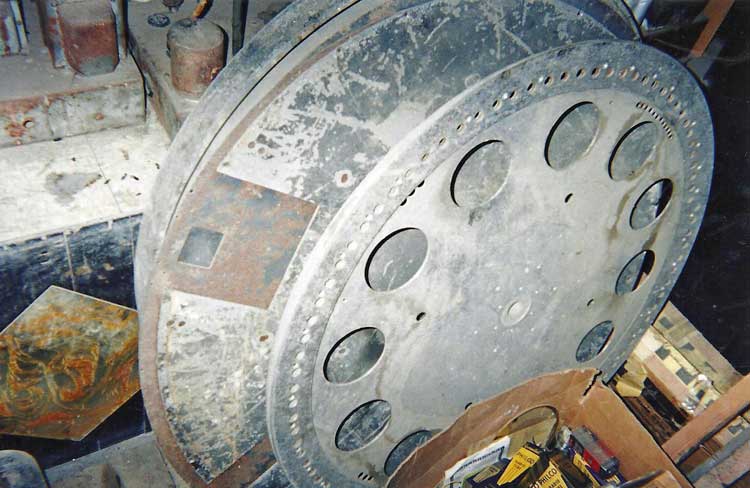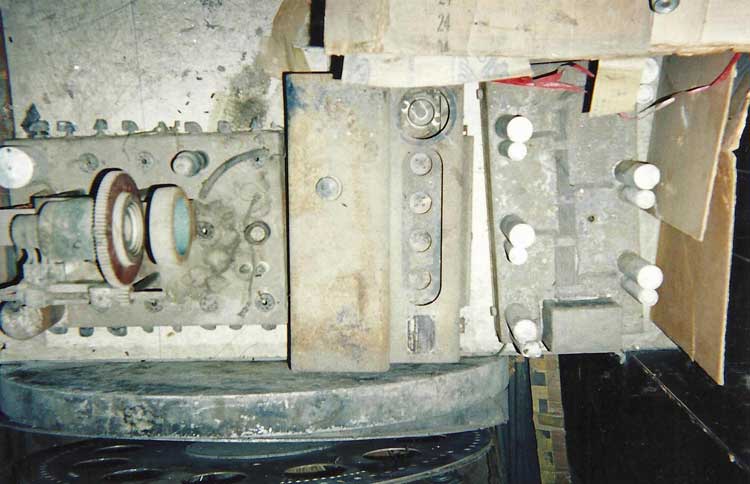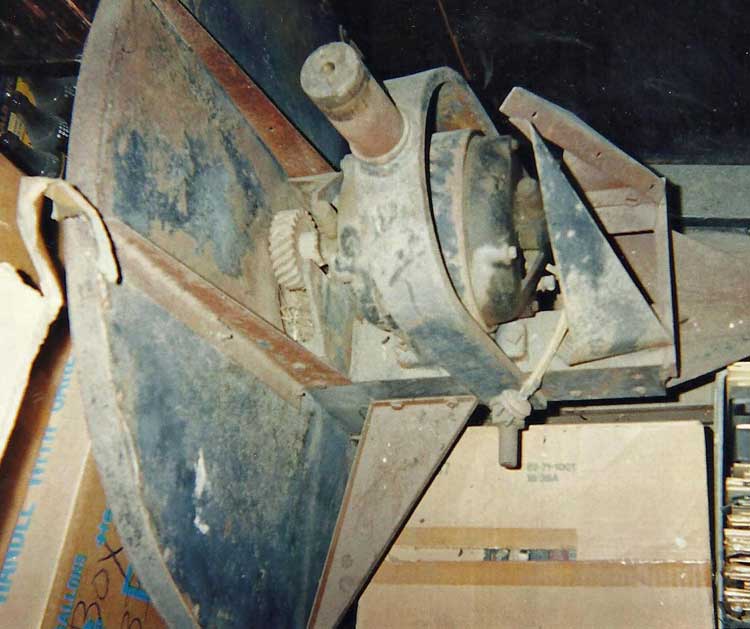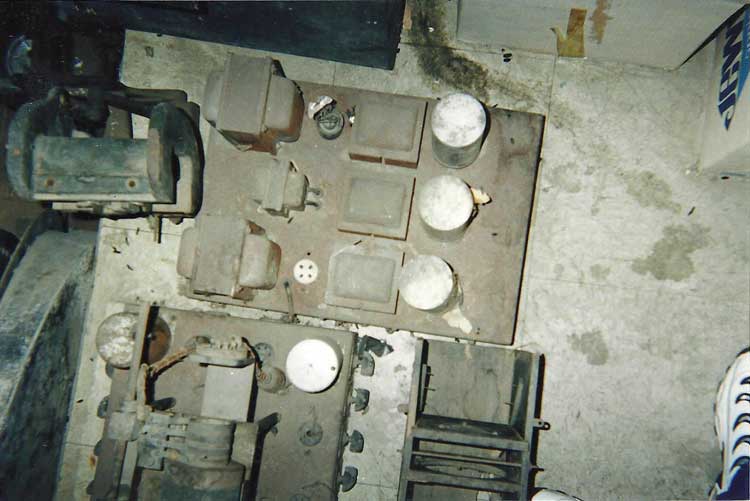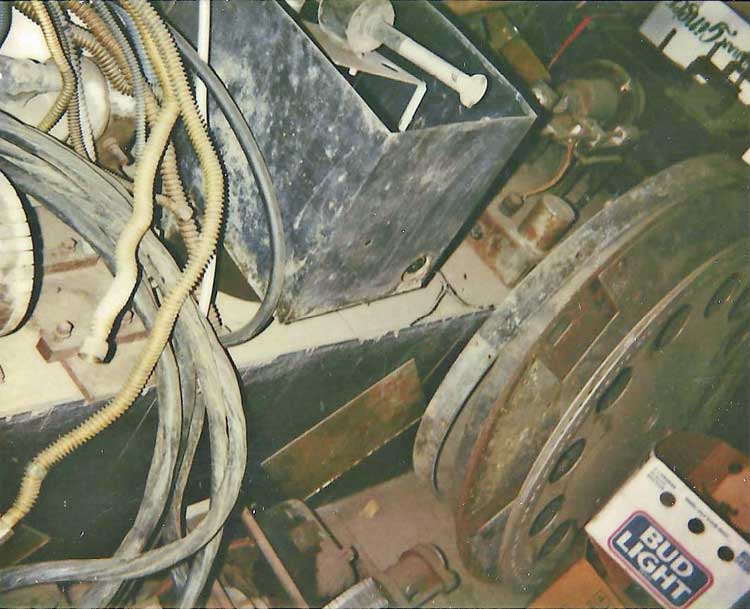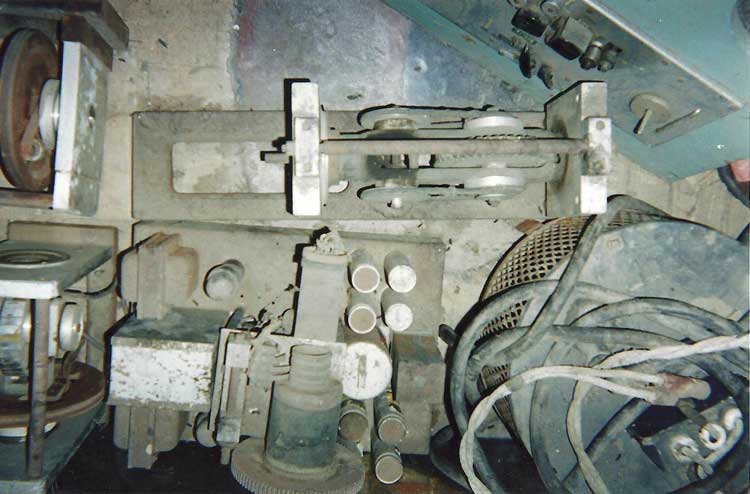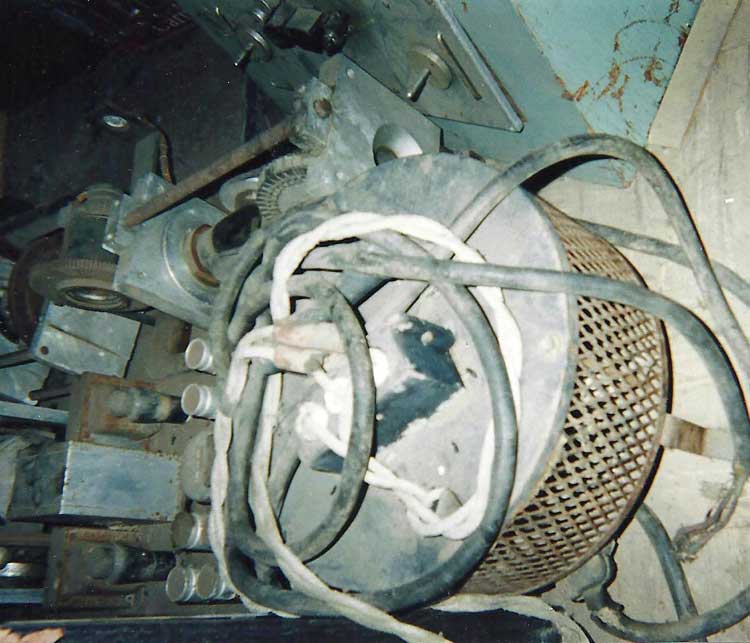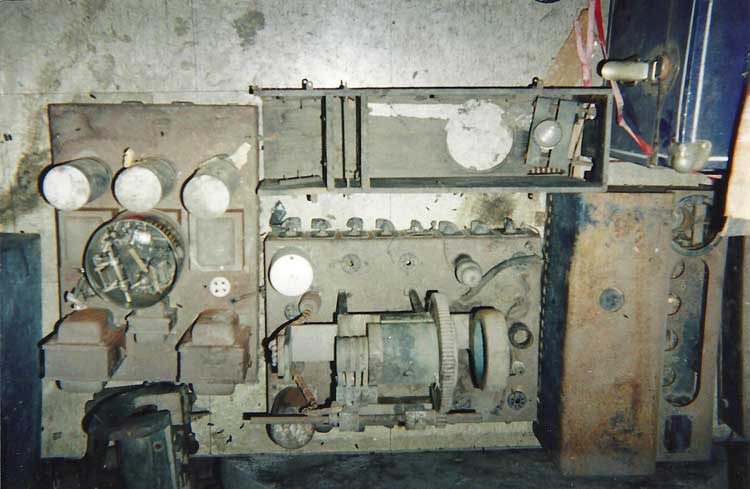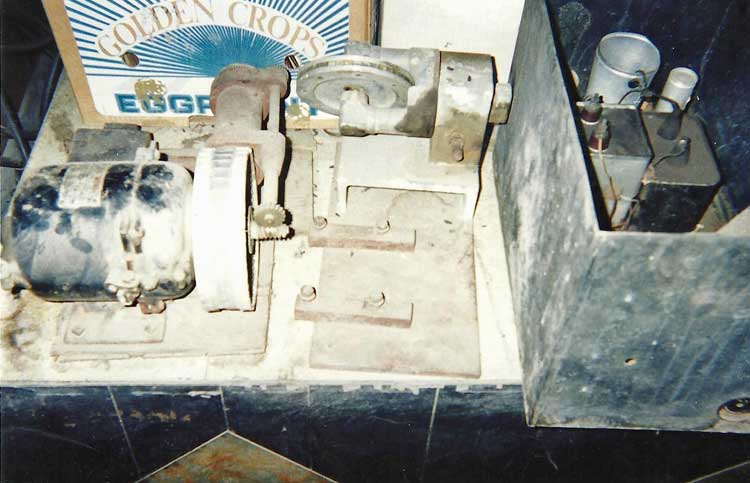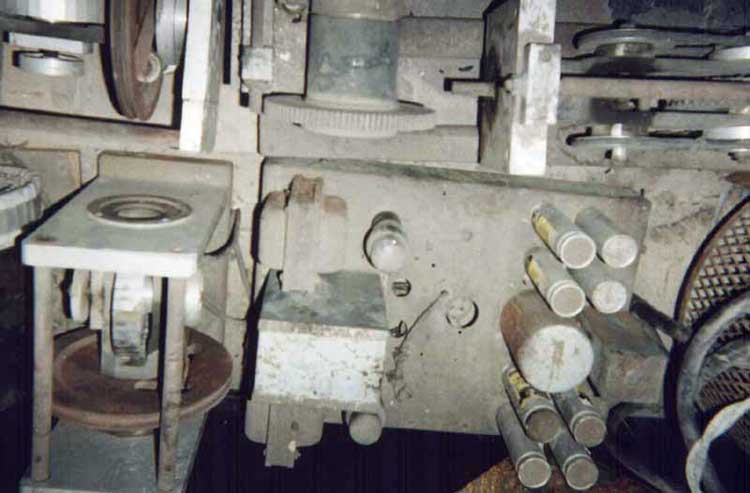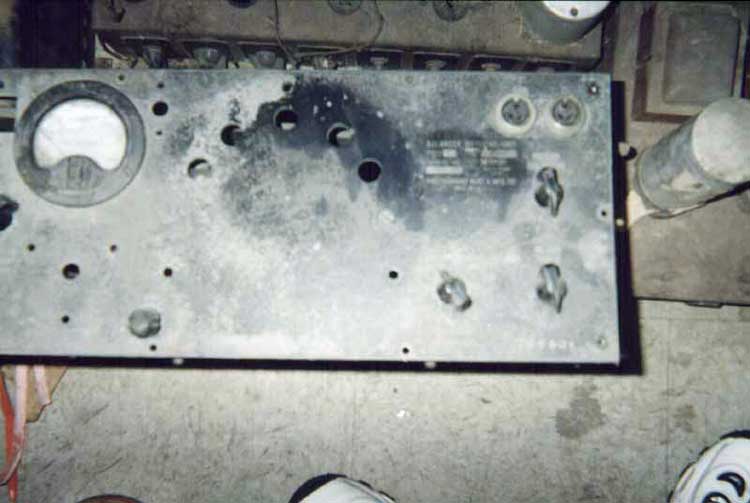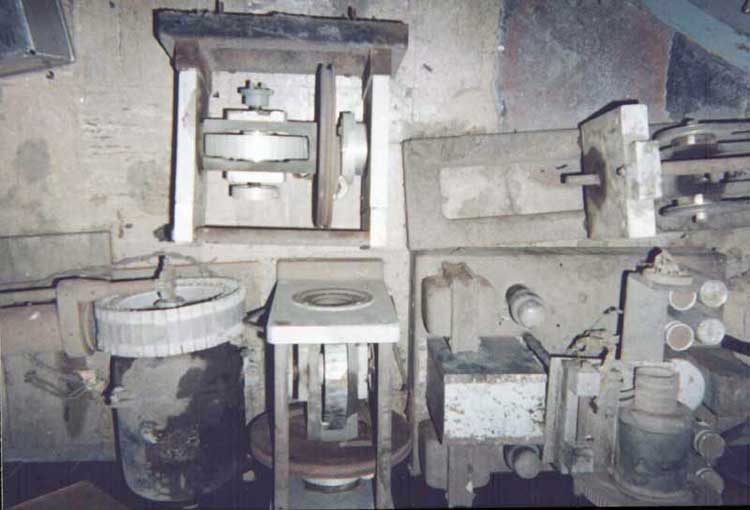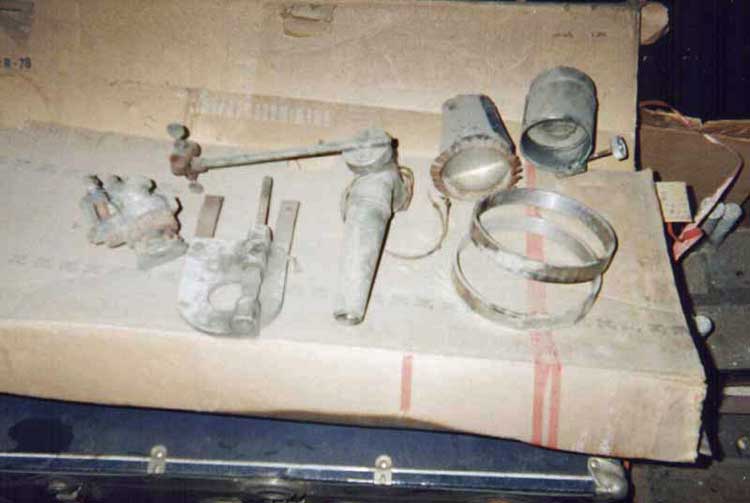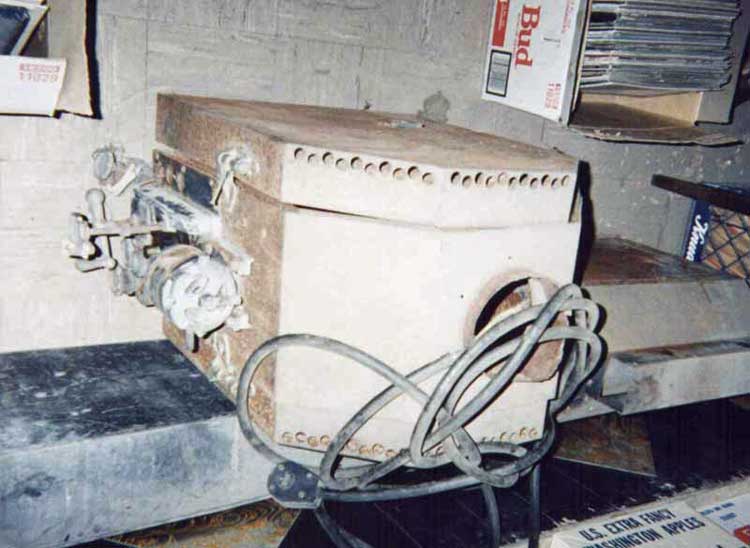Mechanical Television
W6XAH Bakersfield, CAAccording to information that we have, W6XAH broadcast in Bakersfield, California, starting in January of 1932 and continuing until 1935. W6XAH was operated by Frank, Leo and Charles Schamblin of the Pioneer Mercantile Company, which also started the first radio station in Bakersfield in 1933, KPMC, operating on 1560 kHz. Lee DeForest was involved in the television station, and a nearly lifesize picture of him was on the wall at KPMC. The station made its first broadcast on January 6, 1932. According to Leo Schamblin's son (also named Leo), a receiver was installed in the showroom of the Pioneer Mercantile hardware store in Taft, about 40 miles away. People from the town came to watch the first transmission, which was of the Walt Disney cartoon Steamboat Willie. The following day, Leo received a phone call from Walt Disney, who inquired as to how the transmission went. Leo told him that everything went well, and Walt replied that he had been following the progress of W6XAH, but unfortunately Disney was going to file suit against the station for use of the cartoon. Leo was astounded, but Walt then told Leo that the damages that Disney would demand would be $25, and that Disney would send Leo a check for that amount. Walt explained that Disney had to protect its copyright position with the new medium of television. Apparently the station stopped broadcasting a regular schedule later that year, but continued to experiment with television until 1935. FCC records show the station licensed for the 2000-2100 kHz band in 1935. During 1932, the audio portion of the TV transmissions was apparently broadcast on 1550 kHz. Here is an account of the station from Mark Luttrell, whose grandfather, Al Randour, was a division manager for Pioneer Mercantile:
Courtesy of Harry Moore Here is a description of the station's technology from the book "The Great Television Race" by Joseph H. Udelson:
An article appeared in the July-August, 1932 issue of Television News that described how the single sideband transmitter worked. It also featured pictures of the film camera and and the transmitter. This article was titled "Single Sideband Television Transmission. More image detail with lower frequency range possible with this method", and was written by R. D. LeMert. The distorted images are because the magazine was too brittle to scan without damaging it, and had to be photographed. Here is another article about their single sideband transmission. Newcomb Weisenberger, who was a student at the First National Television school in the early 1930s, visited his friend at radio station KPMC in 1935. Here are his recollections:
The equipment pictured below was found in a Bakersfield antique shop in 1996, and is reportedly from W6XAH. Udelson indicates that they were using a 96 line mechanical system. However, the equipment in the pictures appears to be for a 60 line system. If you have any comments or observations, please contact us.
Scanning disk housing Rear view of scanning disk housing with motor and gear drive
60 line lens disk
Scanning disk housing parts
Huge Variac
Mirror drums Mirror drums and power supply chassis
Three mirror drums
Arc lamp housing Pictures courtesy of Eric Stumpf
|
